Visiting the Kealia Pond National Wildlife Refuge in Maui is an experience you won’t soon forget! To make sure your trip is the best it can be, here are a few tips and facts that you should know:
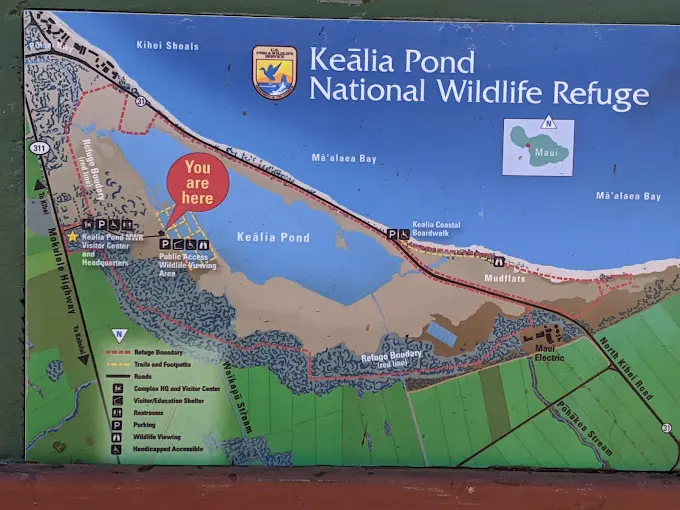
Kealia Pond National Wildlife Refuge Key Takeaways:
- Location – Kealia Pond National Wildlife Refuge is located in the Central Maui Region of Hawaii and is part of the Hawaiian Islands National Wildlife Refuge Complex.
- What to Expect – Bird lovers rejoice! The refuge is home to a variety of migratory birds, native plants, and Hawaiian waterbirds. Visitors can also expect to see a variety of shorebirds, including the endangered Hawaiian Stilt and Hawaiian Coot.
- Wildlife Viewing – As noted, the Kealia Pond National Wildlife Refuge is an ideal spot for bird watching and wildlife viewing. You will see all sorts of rare and protected species, and the Refuge provides sanctuary to endangered species like the Hawaiian Monk Seal.
- What to Bring – When visiting Kealia Pond National Wildlife Refuge, it is important to bring binoculars, a hat, sunblock, and plenty of water. It is also a good idea to wear long pants and closed-toe shoes for protection against the sun and thorns.
- Hours of Operation – The Kealia Pond National Wildlife Refuge hours change, check for up-to-date scheduling.
- To protect the wildlife, pets are not allowed on the refuge. Disturbing or removing plants, animals, rocks, fossils, or artifacts is strictly prohibited.
Remember to always check with the refuge management before participating in an activity that could be harmful to the environment.
With these tips in mind, you can make sure your visit to Kealia Pond National Wildlife Refuge is a memorable one. Most people find the walk calming and a nice break from the busy tourist scene.
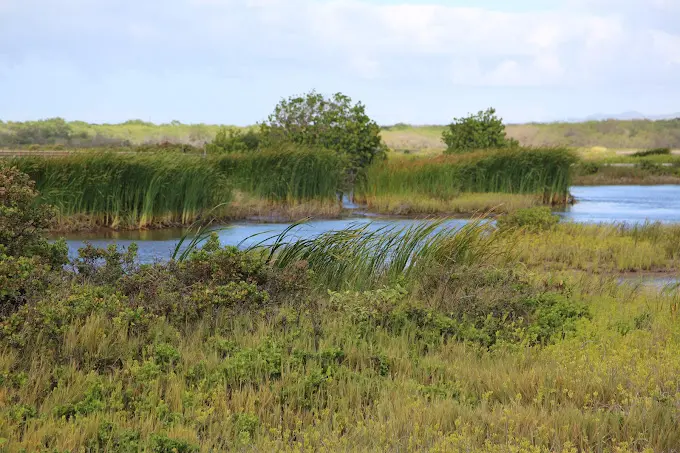
Wildlife Refuge, Not Recreation Area
The Wildlife Refuge is better thought of as a walk in an open space to appreciate the protected habitat. Recreational activities such as bicycling, ball throwing, frisbees, jogging, and skateboarding can be enjoyed elsewhere at the county parks located along South Kihei Road in Kihei, but are not appropriate in the Refuge areas.
To learn more about the local wildlife, you can check out the printed and virtual information available on many topics, including plants and animals, seasonal migrations, habitats, refuge management strategies, and endangered species.
Best Time to Visit Kealia Pond
When you’re ready to visit, the best time is in the morning on a Thursday or Friday, when the sun and wind are not as strong and the Refuge is not as busy. To make your visit out walking in the open habitat more enjoyable, come prepared with some water, sunglasses, and a hat.
Species to Look For at Kealia Pond
The refuge is a vital habitat for many endangered species, including the Hawaiian stilt, Hawaiian coot, and Hawaiian gallinule. It is also home to a variety of migratory birds, including shorebirds, ducks, and geese.
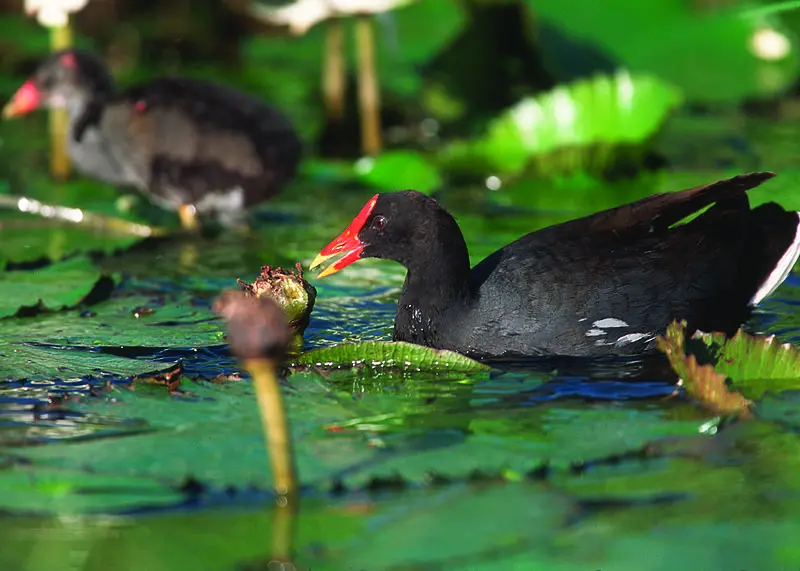
Kealia Pond National Wildlife Refuge is also home to a variety of native plants and flowers, including naupaka, lama, and lokelani.
Visitors to Kealia Pond National Wildlife Refuge can enjoy bird watching and wildlife observation from the observation platform, located near the main entrance.
Wildlife viewing: what species of birds, fish, and other animals can be seen at the refuge?
Visitors can view a variety of birds at The Kealia Pond National Wildlife Refuge such as Hawaiian ducks, stilts, coots, laysan albatrosses, black-footed albatrosses, red-footed boobies, and terns, as well as fish, crustaceans, and other aquatic life. Migratory birds are present from the duration of August to April.
Kealia pond hiking trails: what trails are available, and what is the difficulty level?
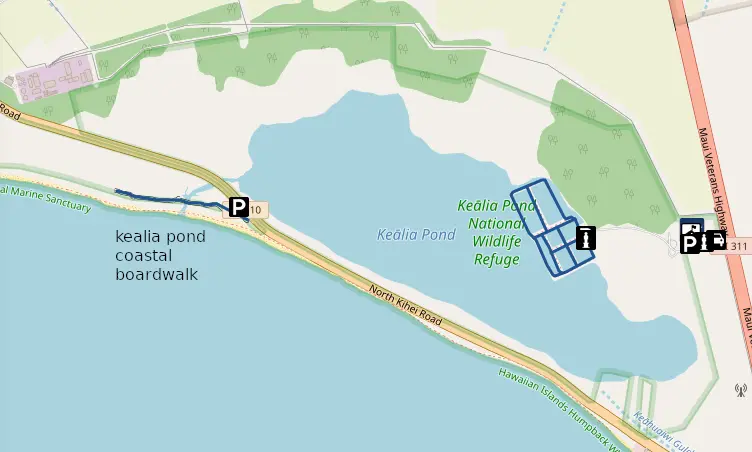
The refuge offers two short hiking trails, one for beginners and one for more experienced hikers.
Kanuimanu Dike Trail is 1.34 miles and the Kealia Pond Coastal Boardwalk is less than half a mile.
The Kanuimanu Dike Trail passes through the freshwater pond and wetlands in a grid-like walk, offering visitors the chance to observe waterfowl, shorebirds, and other wildlife.
Event information: are there any special events or activities taking place at the refuge?
The refuge hosts special events throughout the year, such as bird watching days and field trips.
The refuge is also a popular destination for kayaking, canoeing, and paddleboarding. There are three launch locations available, and visitors can explore the backwaters of the refuge where they can observe a variety of wildlife and birds.
What facilities are available for visitors, such as restrooms, picnic areas, etc.?
The refuge offers restrooms, picnic areas, and interpretive displays.
Photography and videography: What are the policies on taking photos or videos at the refuge?
Photography and videography are allowed but must not disturb the wildlife or other visitors.
Educational programs: are there any educational programs offered by the refuge?
The refuge offers a variety of educational programs, such as guided walks, talks, and workshops. Find out more here.
Accessibility: Is the refuge wheelchair accessible?
The refuge is wheelchair accessible, although the path is bumpy in sections.
Interested in more adventurous activities?

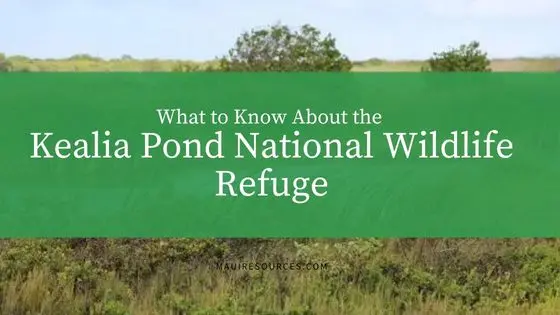

One thought on “What to Know About the Kealia Pond National Wildlife Refuge”